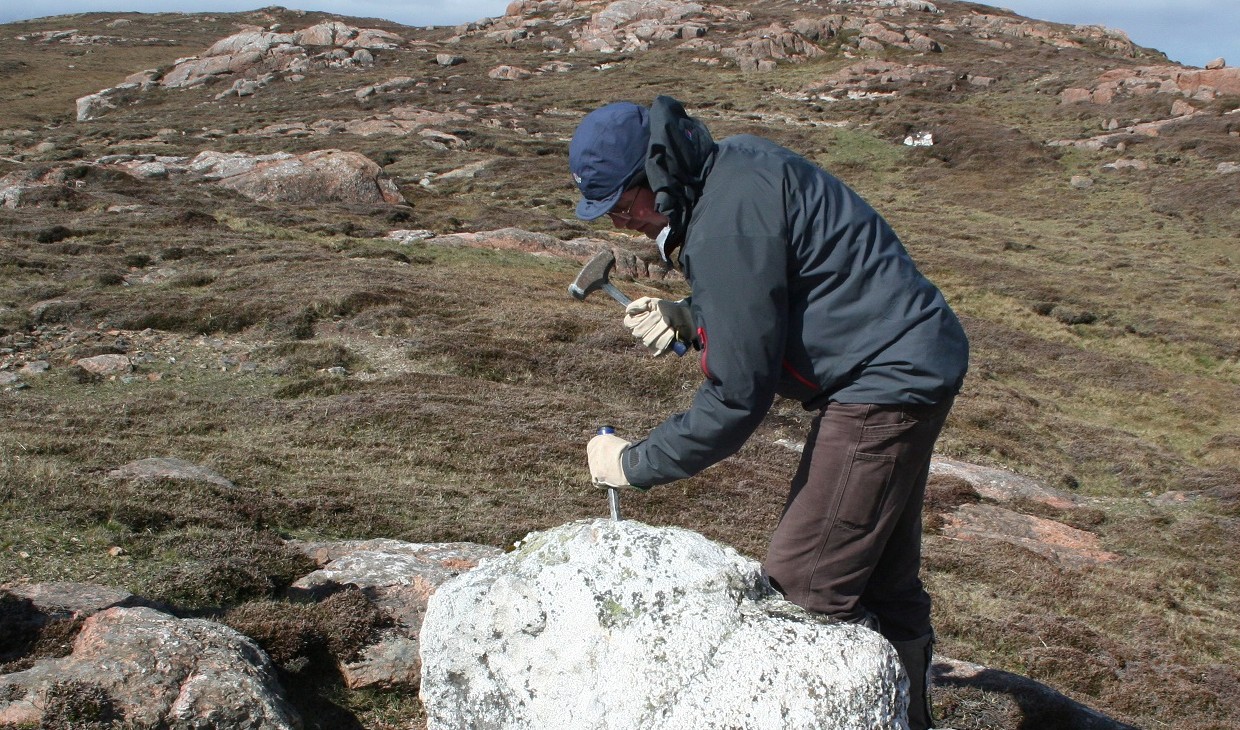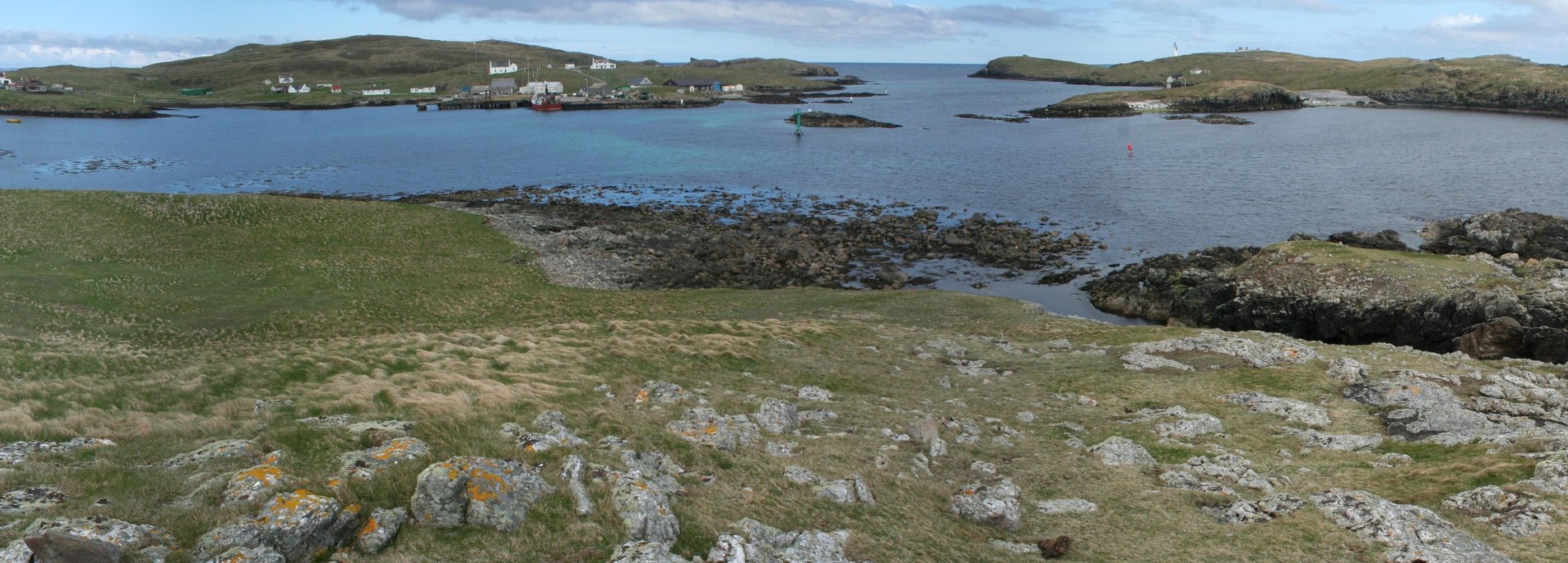A massive ice sheet covered Scotland’s Shetland Islands and the surrounding seafloor around 21,000 years ago – and rapidly collapsed about 19,000 years ago, a new study has found.
The findings – from research led by the University of Stirling – settle a 150-year-old debate by providing “clear and unequivocal” evidence that Shetland hosted its own ice sheet, independent from the Scottish and Fennoscandian ice sheets.
The study discovered that the ice sheet covered more than 50,000 km2 and was in existence between 30,000 and 19,000 years ago – before reducing dramatically in size. A smaller ice cap remained on Shetland for the next 3,000 years – but had melted completely by 15,000 years ago.
Dr Tom Bradwell, of the Faculty of Natural Sciences at Stirling, led the research and he believes it could provide important insights into ice sheet behaviour today – and help predict future rates of change and “large-scale singular events” in vulnerable terminating ice sheet sectors.
.jpg)
Dr Tom Bradwell, from the Faculty of Natural Sciences, led the research.
Dr Bradwell, a Lecturer in Biological and Environmental Sciences, said: “Our study has – for the first time – used onshore and offshore dating techniques, seabed mapping, and sediment analysis to reconstruct the complete deglaciation history of Shetland and the surrounding continental shelf.
“Our findings are clear and unequivocal: Shetland and the surrounding sea floor – once dry land – hosted an ice sheet between around 30,000 to 19,000 years ago. It was glaciologically independent from the Scottish and Fennoscandian ice sheets – but, at times, was connected to both.
“The marine portion of the ice sheet reduced in size dramatically between 19,000 and 18,000 years ago – leaving just a small, independent ice cap centred on mainland Shetland by 17,000 years ago. By 16,000 to 15,000 years ago, all of the remaining glaciers on Shetland had melted.”
Since the theory of widespread former glaciations was first proposed in 1840, natural historians and earth scientists have sought to understand the glacial history of Scotland and its outlying islands. Shetland has always been a crucial part of the debate – with generations of geoscientists failing to agree on whether the islands hosted their own independent ice cap or if they were overrun by a much larger ice sheet.
The new research – part of the wider BRITICE-CHRONO project, led by Professor Chris Clark at the University of Sheffield – was conducted by a 17-strong team of leading researchers from several UK institutions. The team included marine and terrestrial (Quaternary) geologists, marine scientists, geochronologists, glaciologists and ice-sheet modellers. The work included a science cruise; collection of seabed cores and sediments; seafloor mapping; and a terrestrial fieldwork campaign; among many other elements. All samples were dated using state-of-the-art isotopic techniques at the Scottish Universities Environmental Research Centre in East Kilbride, Lanarkshire.

The sampling of an erratic boulder on Muckle Roe, western Shetland, that was deposited by retreating glaciers around 17,000 years ago.
Reflecting on the importance of the findings in the context of recent climate change, Dr Bradwell said: “Today, the longer-term forecasts of global sea-level rise are hampered by modelling uncertainties, with current estimates widely ranging depending on the behaviour of marine ice sheets and their fronting ice shelves.
“Our reconstructed record shows a massive abrupt reduction, or collapse, in Shetland’s marine ice sheet over the northern North Sea around 19,000 to 18,000 years ago – more than halving in volume – probably triggered by an instability process as sea levels rose.
“These results have strong parallels with recent findings from the Intergovernmental Panel on Climate Change, which highlighted the increased likelihood of near-future ‘large-scale singular events’ – such as Greenland ice-shelf collapse and West Antarctica marine ice sheet instability – in response to global warming above 1.5°C.
BRITICE-CHRONO was funded by the Natural Environment Research Council and Stirling’s collaborators include the Universities of Durham, Glasgow, Sheffield, Liverpool, Bangor, Newcastle and Cologne, as well as the Scottish Universities Environmental Research Centre and the British Geological Survey.
The paper, Pattern, style and timing of British–Irish Ice Sheet retreat: Shetland and northern North Sea sector, is published in the Journal of Quaternary Science.

